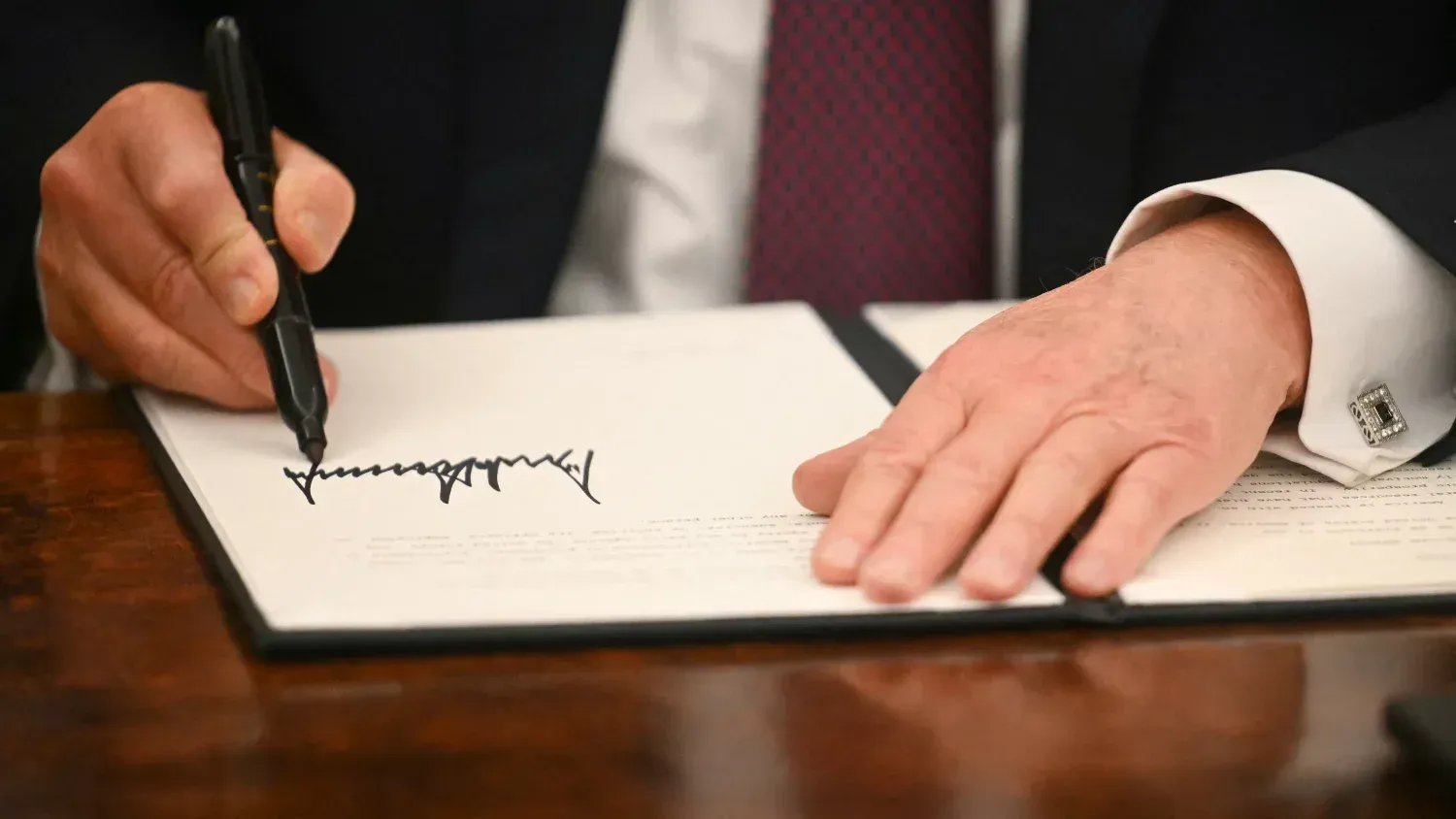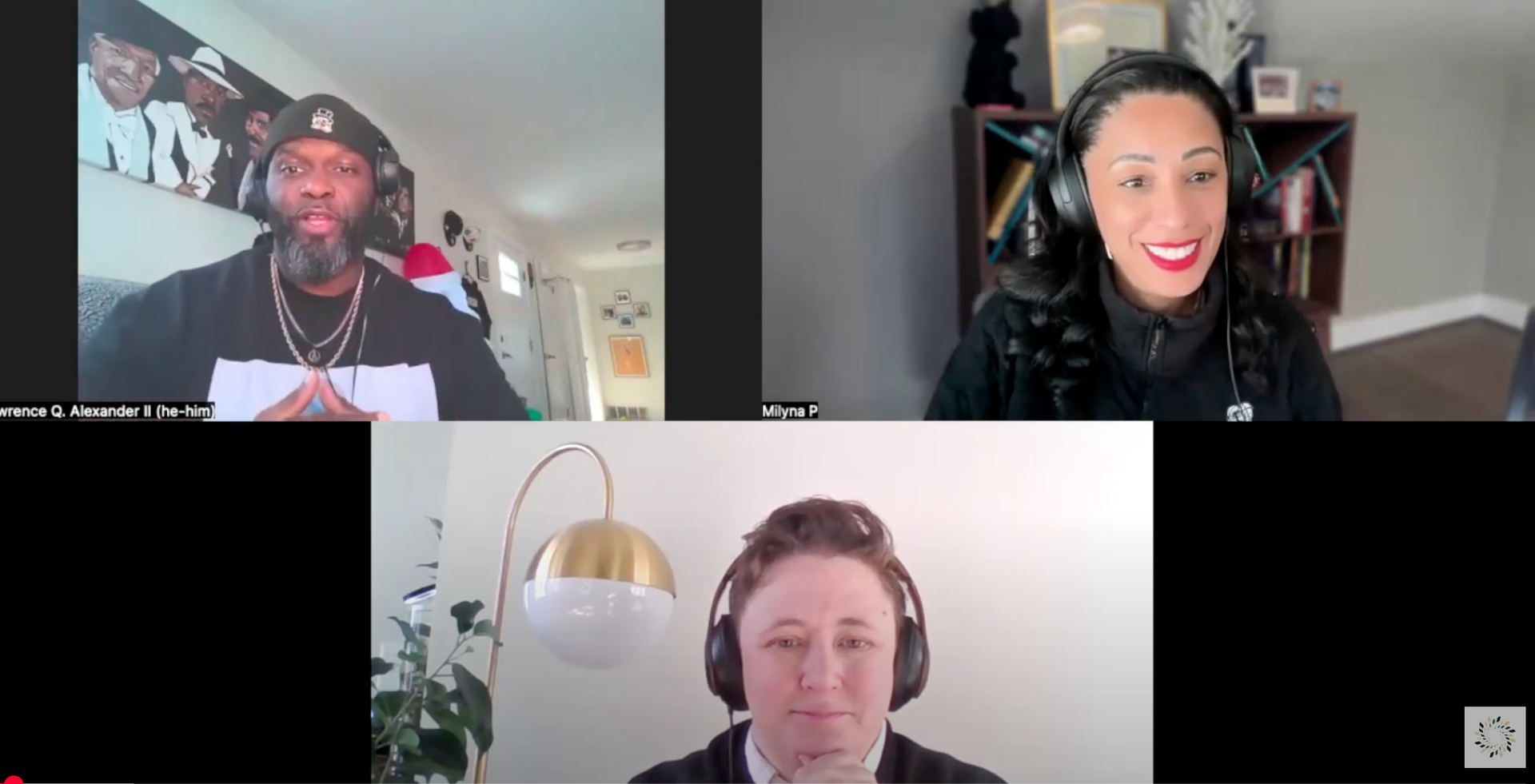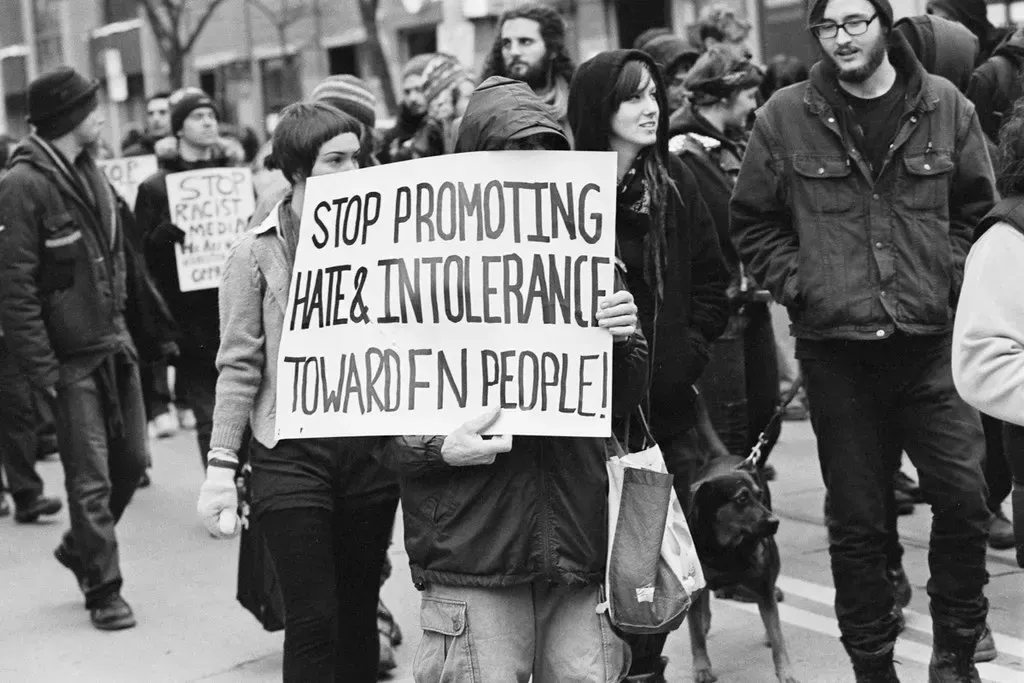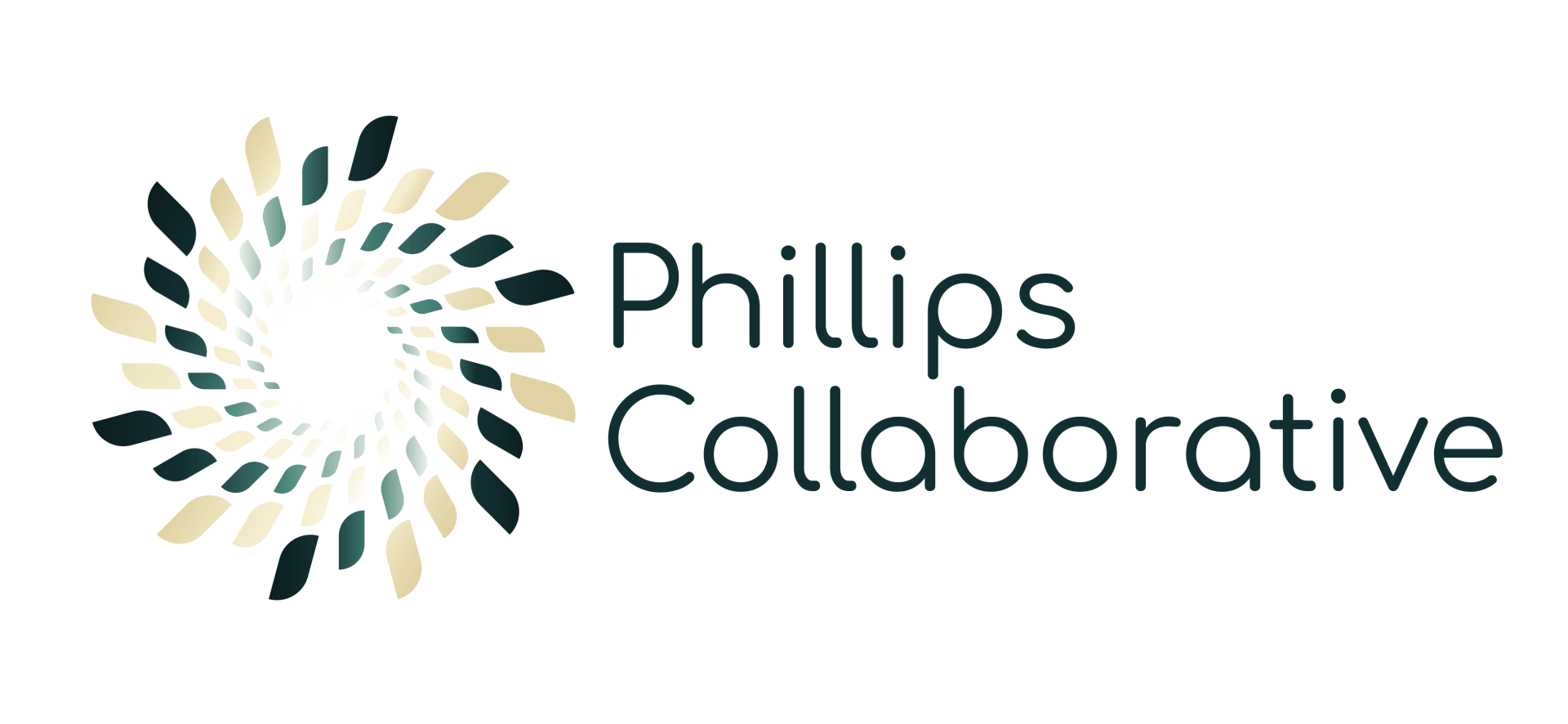DEI was DOA: A Solution to a Poorly-Defined Problem
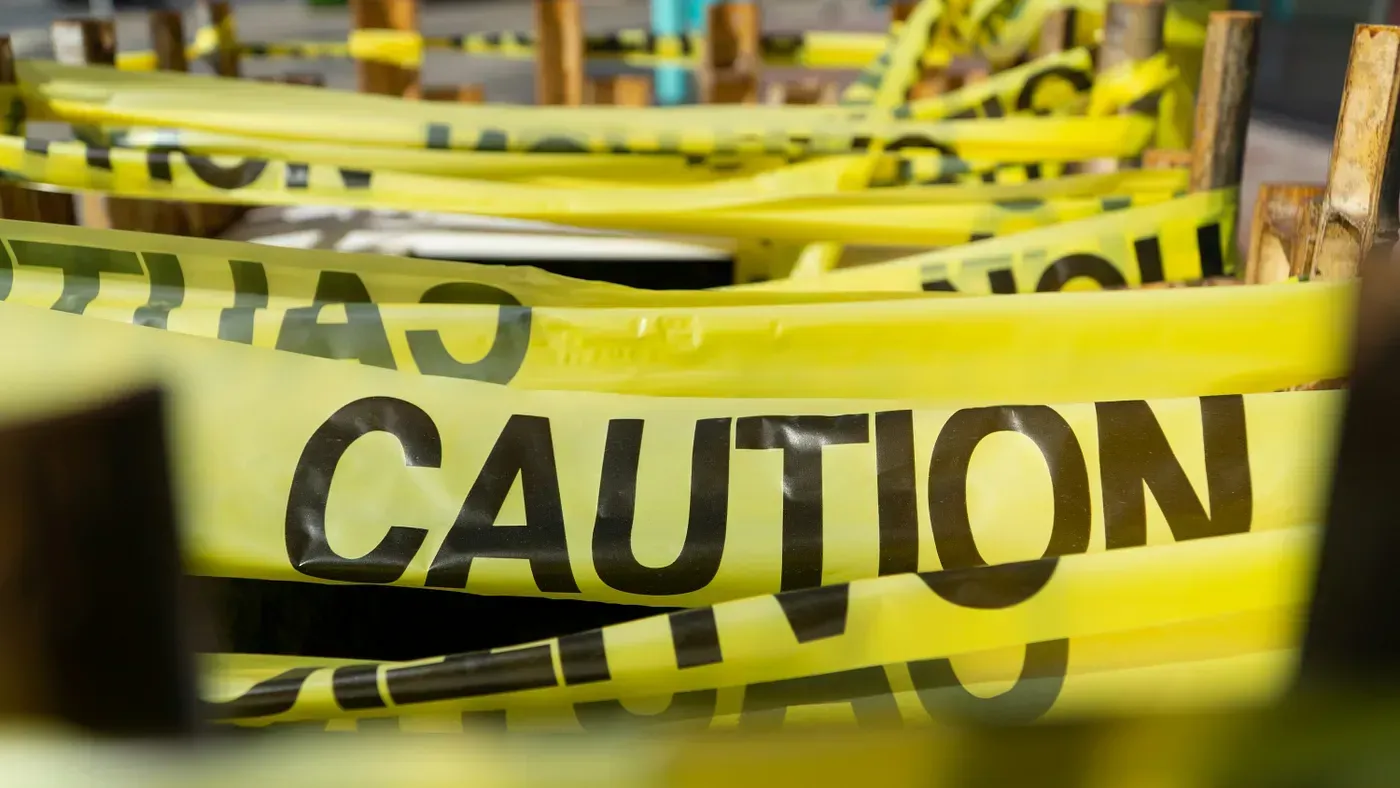
Submitted for Consideration
Lawrence Q. Alexander II
Phillips Collaborative
The “DEI Slowdown”, (to the extent that it represents a reneging on our country’s institutional and systemic commitment to advancing racial equity and justice), is a crime. If it is indeed a crime (and a shame), then no case is complete without a thorough crime scene investigation. There are several “investigators” who possess the knowledge to examine the scene, but in a courage recession, I figured I’d go first.
Peep the Scene: Institutions that once committed to:
- Improve belonging for all community members, especially historically disenfranchised groups.
- Address systems of exclusion in hiring.
- Examine classroom content that synonymized racial trauma and sexual violence as academically meritorious.
- Create leadership pathways for historically underrepresented groups.
- Increase diversity at the board level.
- Uncouple your admissions strategy from a racially and socioeconomically segregating model.
- Institute professional learning to ensure that all employees are culturally-fluent and mission-aligned.
All of a sudden, ALL of this became a bridge too far?! In 2024, are you still “on a journey”? Perhaps it’s time to admit that this version of “DEI” was never what your culture, your school, or your business model intended.
As a critical colleague, I feel a responsibility to be both at this moment. I refuse to believe that the slowdown is a result of ill-will, dereliction, or a lack of courage solely. In practicing a bit of truth and reconciliation, I actually hope to let folks off the hook IF we can consider that DEI was DOA (dead on arrival) in several cases.
The Culprit: Me thinks we’ve been bamboozled. For years, we’ve been told that CRT was the bandit, breaking into our classrooms and wreaking havoc. We’ve also been told that DEI was the Trojan horse that indoctrination rode in under, causing division and hatred in our schools. In a world of acronyms and alphabet soup, have you ever considered net-tuition revenue (NTR) as a possible suspect? Let me explain. The casual educational consumer doesn’t consider how private K-12 and higher education institutions “keep the lights on”. Still yet, some fail to understand that private education is a business. While it’s true that you can’t run a school like a business, you can’t have a school if you don’t take care of your business. The question of the day is: How does a school sustain itself financially? Very few can sustain themselves through their endowment, and even in those cases it’s imprudent to become too dependent upon it. The vast majority of private institutions are dependent upon tuition revenue to pay their bills. Those expenses aren’t luxurious either as the usual big ticket item is employee salaries. A school must do business in order to sustain itself and tuition revenue is an arterial function; to assume anything else would be naive. So what does that mean from an enrollment perspective? Well, what seems logical to you? It would probably look something like this:
- Secure your full-tuition paying slots.
- Discount for applicants who can’t pay all, but pay a good amount.
- Discount/scholarship special interest groups (diversity, athletes, artists, etc.) and pinch from any available endowments or earmarks.
The Achilles heel in this model is that the socioeconomic divides usually reinforce racial inequities amongst students, parents, power-brokers, and employees. This enrollment and shaping strategy isn’t “insider baseball”, butIF this is the enrollment model that helps achieve NTR and keeps private schools sustainable and viable, then how could you ever imagine anything else? How could you imagine that “diversity and dollars” could be synonyms? Why would you upset the Development “apple cart” by introducing anything that might threaten the financial foundation under your feet? If a pledge of allegiance to NTR is the case at many “tuition-dependent” institutions, then DEI was always going to be DOA. You are fighting in a phone booth, with very little wiggle room. You have stakeholders to answer to, students to serve, and employees to pay. I get it. It’s hard to shake your fists when your hands are tied.
Come back to these commitments and see how simple, important, and yet neglected they are (again):
- Improve belonging for all community members, especially historically disenfranchised groups.
- Address systems of exclusion in hiring.
- Examine classroom content that synonymized racial trauma and sexual violence as academically meritorious.
- Create leadership pathways for historically underrepresented groups.
- Increase diversity at the board level.
- Uncouple your admissions strategy from a racially and socioeconomically segregating model.
- Institute professional learning to ensure that all employees are culturally-fluent and mission-aligned.
My only request is that you not label DEI as failed work. DEI work in schools has as much room as it is allowed to have. In many cases, it is allowed to exist to assuage, not to innovate. Personally, I believe there is a way forward for our country, our schools, and many other organizational settings. I think that it may be time to talk about the crime scene, the culprit, and the victimsbefore we proceed.
The victims are always students and families, disillusioned employees who once believed, and school leaders who are “fighting in a phone booth”. Let’s have the conversation in full, in the light of day, in the fullness of transparency. Let’s not call it a “DEI-Revival”; let’s call it a meeting for a “Better Business Model”. I actually believe that if we’re willing, we can re-imagine the “country club”. No one has to lose membership, but we can certainly expand it.
*Are you ready to reimagine what true equity and inclusion look like in your institution? At Phillips Collaborative, we specialize in helping schools and organizations tackle these challenges head-on through actionable strategies and transformative practices.
- Visit our website to schedule a free consultation, access articles, and start your journey toward a better business model.
Let’s continue the conversation follow us on IG @phillipscollab and share your thoughts using #BetterBusinessModel.*
